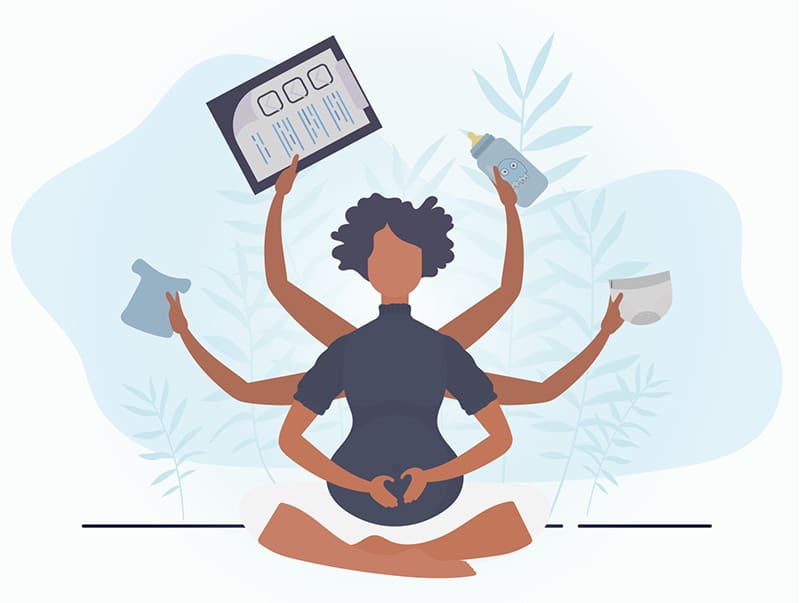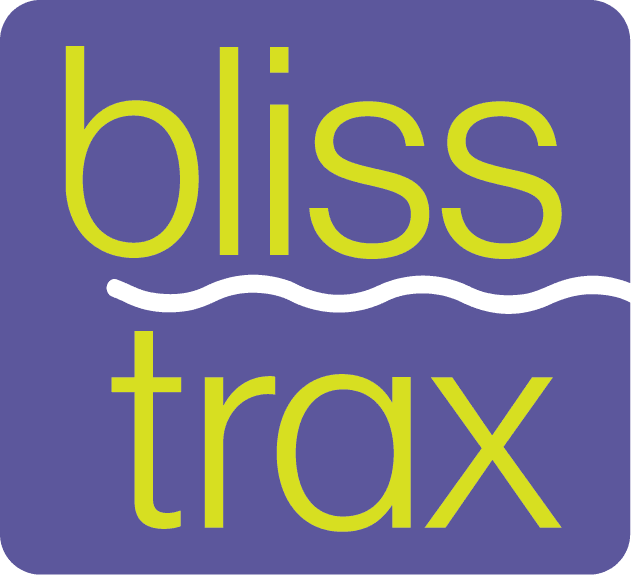Modern life has made constant stress an everyday experience for many. From work pressures to personal struggles, stress often leaves us stuck in a constant state of fight-or-flight mode. This ongoing stress harms both mental and physical health, leading to burnout, anxiety, and poor sleep.
The good news? Stress relief is possible. Regulating your nervous system through simple methods can help restore balance. If you’re looking for a solution to calm your body and mind, learn how the fight or flight response plays a significant role in this.
The Fight-or-Flight Response in Modern Life
What is the Fight-or-Flight Response?
The fight-or-flight response is an instinctual reaction that prepares your body to either fight or flee when faced with danger. It’s triggered by the release of stress hormones like adrenaline and cortisol, which increase heart rate, elevate blood pressure, and sharpen focus. These changes help the body react quickly to perceived threats.
While this response was vital for survival in ancient times, such as escaping predators, it’s now often triggered by everyday stressors like work pressure or personal struggles. In modern life, the fight-or-flight response can become overactive, causing stress to persist even in situations that aren’t life-threatening.
Why is It More Common Today?
In today’s fast-paced world, stress triggers are everywhere. From tight deadlines at work to the constant pressure of social media, it’s easy for your body to stay in a heightened state of alertness. This constant activation of the fight-or-flight response can wear down your nervous system over time.
Unlike the ancient world, where the response was followed by physical movement (running or fighting), modern life often forces us to stay still, which means the energy produced by stress hormones doesn’t get released. As a result, many people find themselves stuck in a loop of chronic stress, which can lead to anxiety, burnout, and other health issues. This shift is a major reason why the fight-or-flight response feels more common today.
The Impact of Chronic Stress on Your Body and Mind
How Constant Stress Affects the Nervous System
When you’re under constant stress, your nervous system can become overloaded. The body’s autonomic nervous system has two primary parts: the sympathetic nervous system (which activates the fight-or-flight response) and the parasympathetic nervous system (which promotes relaxation and recovery). In a healthy individual, these systems work together to maintain balance.
However, when stress is ongoing, the sympathetic nervous system stays engaged, pushing the body into a constant state of alert. Over time, this can lead to issues like high blood pressure, digestive problems, and difficulty sleeping. Furthermore, chronic activation of the fight-or-flight response can make it harder for the parasympathetic system to take over, leaving you stuck in a stressful cycle.
The Link Between Fight-or-Flight Mode and Anxiety
Anxiety is closely linked to the fight-or-flight response. When you experience stress or a perceived threat, the body prepares to either fight or flee. If this response is triggered too frequently or for prolonged periods, it can become a major factor in developing anxiety. The feeling of being constantly “on edge” becomes the norm, even in situations that are not truly threatening.
The body remains in a state of heightened alertness, making it harder to relax. This constant state of tension can lead to an increase in anxious thoughts, feelings of nervousness, and, eventually, panic attacks. Understanding this connection can help you realize that managing stress effectively is key to overcoming anxiety and finding peace.
Breaking the Cycle: Effective Stress Relief Techniques
Nervous System Regulation through Movement
Movement is one of the best ways to stop the cycle of stress. It activates your parasympathetic nervous system, which helps calm your body after stress. Regular physical activity, like walking, lowers stress hormones and eases tension. Yoga and tai chi are especially useful.
These exercises combine movement with deep breathing, promoting relaxation. Even light exercise can shift your body out of fight-or-flight mode, restoring balance. Movement doesn’t just improve physical health; it also supports mental well-being, making it a powerful tool for stress relief.
Meditation Alternatives for Busy Lives
Traditional meditation may seem impossible in a fast-paced world. But some alternatives work for busy lives. Walking meditation is a great option. You focus on each step and your breath, creating a calm state. Apps like BlissTrax also help.
They blend movement with soothing sounds, making it easier to relax. These alternatives allow you to meditate while on the move. You don’t need to sit still to find peace. Whether it’s deep breathing on a walk or listening to calming music, you can still achieve a relaxed state.
How Modern Technology Can Help You Relax
Music and Sound Therapy for Stress Reduction
Music and sound therapy have grown in popularity as effective tools for stress relief. Calming music, along with certain ambient sounds, can lower heart rates and reduce cortisol levels. Studies have shown that listening to music can trigger the release of dopamine, a hormone linked to relaxation.
Sound therapy, which uses specific frequencies and rhythms, regulates brainwave activity and shifts your brain from stress to calm. You can use music and sound therapy during your daily activities to support your body’s natural ability to relax.
Binaural Beats and Their Role in Calming the Mind
Binaural beats offer a unique and powerful form of sound therapy. They work by playing two slightly different frequencies in each ear, producing a third tone in the brain. This guides your brainwaves into states that promote relaxation, focus, or deep sleep.
Research indicates that binaural beats can reduce anxiety and improve sleep. When paired with movement, such as walking or jogging, binaural beats can enhance the calming effects. It’s an easy and effective way to soothe your mind and reduce stress.
Why BlissTrax Can Be Your Solution for Stress Relief
Combining Movement and Music for Better Focus
BlissTrax helps manage stress by combining movement with music. The app provides custom soundtracks that include binaural beats that let you achieve a meditative state while you are walking, jogging or just performing daily tasks. As you move, the music supports your nervous system, promoting relaxation and focus.
This approach makes it possible to stay active while calming your body and mind. You can relieve stress without needing to interrupt your daily activities. BlissTrax allows you to experience peace while walking, jogging, or engaging in other light exercise.
A Science-Backed Approach to Managing Stress
BlissTrax uses neuroscience to create a real solution for stress relief. The app integrates brainwave entrainment, which synchronizes your brainwaves with the beats in the music. This process helps reduce cortisol levels and ease the body’s stress response.
Based on research into sound therapy and nervous system regulation, BlissTrax provides scientifically backed relaxation. You can experience calming effects while going about your day, helping you reduce stress without extra effort.
Choose BlissTrax for Lasting Calm and Stress Relief
In today’s fast-paced world, stress is unavoidable, but BlissTrax offers a simple solution. The app combines movement with specially designed music to regulate your nervous system and reduce stress. Through binaural beats and scientifically supported techniques, BlissTrax helps bring calm to your daily routine. You can enjoy relaxation while walking, running, or even handling everyday tasks. It’s an effective tool for anyone seeking relief from stress in a natural, convenient way.
Start your journey to calm today with BlissTrax! Download the app now and enjoy a free 30-day trial. Say goodbye to stress and hello to a more peaceful, focused you.


